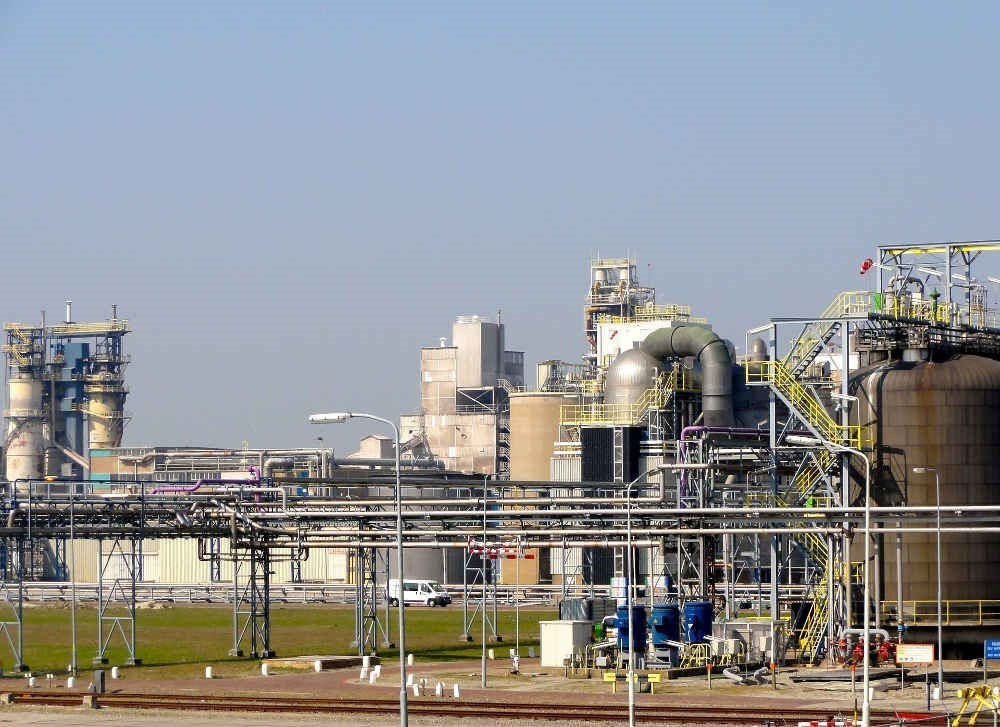
Internet of Things (IoT)
What it is and what it can do for you.
Definition - Systems, objects, sensors, and technologies with processors and software that connect and transfer data with other devices and systems over the Internet or other data links.
That is a very wide definition of IoT. Let's refine it to a narrower focus:
Hardware
Software
Communications Path
This can include something as simple as a temperature sensor. The hardware includes the sensor, the processor, the interface, and a display. The software provides a means of obtaining the data, converting it to usable units, and directing the hardware to manipulate the data, so that it can be shown on the display. The communication patch includes the Input port, the devices data bus, and the output port or display interface.
More complex systems can include distributed systems such as industrial sensors, controls and Programmable Logic Controllers (PLCs) that can remotely control automated factories and power generation facilities.
For the consumers, IoT related "gagdets" include lighting systems, burgler alarms, door entry security locks, Global Positioning Sytems (GPS), remote monitoring cameras, and air conditioning systems. These are a few of the many innovations currently developed and being developed. Remote monitoring and control has opened a plethora of innovation and inventions that are projected to exceed $1.3 trillion in 2024.

IoT- Vibration Surveillance Testing
Preventive maintenance can mean the difference between continuous operations and costly shutdown.
Typically, preventive maintenance is time dependent based on some periodicity. The periodicity is usually based on vendor data that is determined during product development and testing. Your equipment may be a lot older than it was when the periodicity was established. Although preventive maintenance is vital, it is not always reliable for keeping your equipment and processes running.
We don't have artificial Intelligence software, we have well written software.
We are engineers, scientists, programmers, and communications specialists that have been in the business since before PCs. Artificial intelligence is a great buzz work to hype your product or service, and we are very knowledgeable of the AI "state of the art". Database prediction algorithms based on real time and historical data have been around for more than fifty years, but we don't think there's anything artificial about them. Don't believe the hype.
Do you have surveillance technicians or maintenance personnel locally testing your equipment in dangerous, unhealthy environments?
Why? IoT sensors have advanced to the point where, combined with intelligent software, you can remotely monitor and anticipate failures, re-prioritize your preventive maintenance and centralize your focus and scope to be more efficient.
Let wireless connectivity simplify and consolidate your sensor network.
We say wireless because there is more than one way of giving you remote access to your sensor network and plant equipment. Cellular is our "go-to" data link, but Bluetooth, Wi-Fi, LoRa, Ethernet, and Satellite Links are fairly common. One size does not fit all.
Here is a diagram of Mission Critical data that we can transmit for civilian use
using our micro KC-105 device and Internet, Cellular, and Satellite.